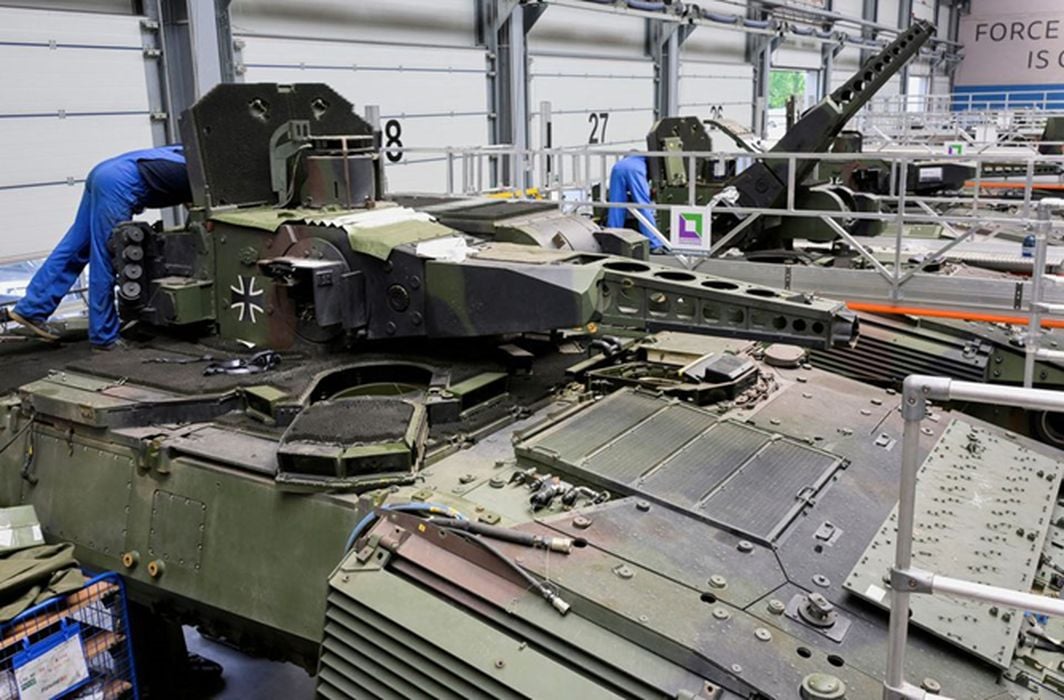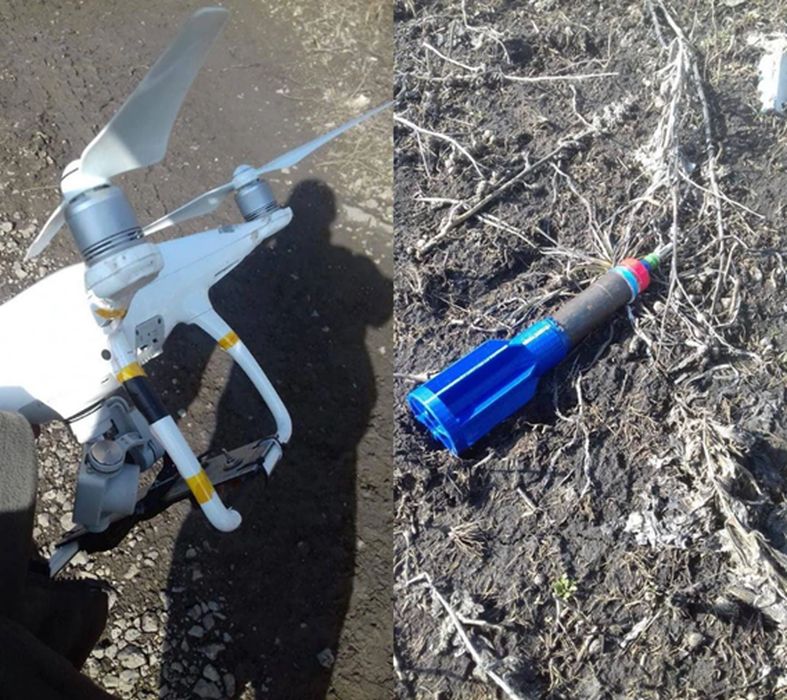
Charles R. Goulding and Preeti Sulibhavi discuss how the ongoing conflict in Ukraine is driving the country’s transformation of industrial capabilities to boost the domestic defense sector.
A sustained war can potentially transform a country’s industrial capabilities. We saw that in Vietnam, where the domestic machine shops all created the manufacturing industry through demands for military equipment and munitions.
The same thing appears to be happening with Ukraine currently. The Ukrainian Foreign Ministry has confirmed that about 20 agreements with foreign partners for joint production, exchange of technology or supply of components to make drones, armored vehicles and ammunition have been signed. Two of these partners are Rheinmetall and BAE Systems.
The Ukrainian government plans to create special economic conditions to draw Western investment into the domestic defense sector including a fund to support new technology development. It’s a strategic development that leverages the war in Ukraine to bolster the Ukrainian manufacturing sector.
Military Equipment and 3D Printing

We have covered 3D printing applications in the aerospace and defense industries before on Fabbaloo. Both metal and nonmetal aerospace/defense parts can be manufactured using 3D printers. Items like aero-engine components, turbine blades, and heat exchangers. Non-metallic methods of 3D printing have been used for the rapid prototyping of parts to create fixtures, and interiors made of plastics, ceramics, and composite materials. There is definitely an opportunity for Ukraine to bolster its defense industry by integrating some 3D printing technologies into this sector.
We have covered drones previously on Fabbaloo. Drones can do much of what humans can do but without exposure to harm. Drone technology is a game-changer for Ukraine. As pictured above, the war in Ukraine is already seeing the use of drones in battle. It appears to have been a quadcopter adapted to drop bombs. While this is not a brand-new technique (it has been used in the Iraq war with ISIS) 3D printed fins were not something cited earlier.
Quadcopters are small and cheap and limited in range and flight time. They often have only about 20 minutes of battery power for flight. That’s without the added weight of a bomb and release mechanism or any cameras used for targeting. Their main function is to be an expendable and reusable style of munition delivery. Even if the drone is lost, it’s only a setback of a few hundred dollars in flying machinery. And with 3D printers on hand, parts can be replaced, and new casings for the drone’s payload can be iterated on-site, potentially.
The Research & Development Tax Credit
The now permanent Research and Development (R&D) Tax Credit is available for companies developing new or improved products, processes and/or software.
3D printing can help boost a company’s R&D Tax Credits. Wages for technical employees creating, testing and revising 3D printed prototypes can be included as a percentage of eligible time spent for the R&D Tax Credit. Similarly, when used as a method of improving a process, time spent integrating 3D printing hardware and software counts as an eligible activity. Lastly, when used for modeling and preproduction, the costs of filaments consumed during the development process may also be recovered.
Whether it is used for creating and testing prototypes or for final production, 3D printing is a great indicator that R&D Credit eligible activities are taking place. Companies implementing this technology at any point should consider taking advantage of R&D Tax Credits.
Conclusion
Bolstering a nation’s defense industry during a war is not unheard of. What has changed is the technology since Vietnam. This a war where the 3D printing industry has an important role to play on the battlefield.
